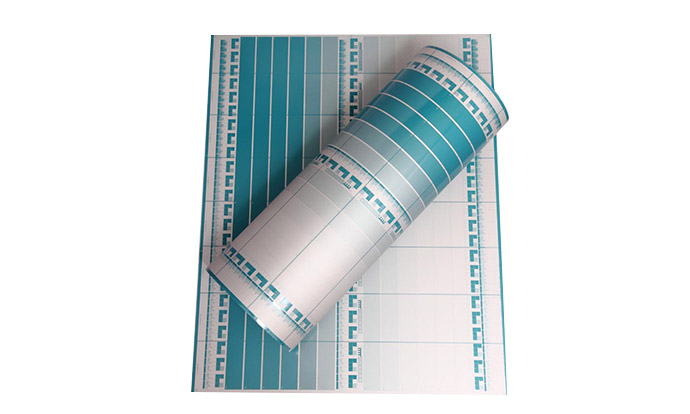Sep 06,2025
In the fast-paced world of modern printing, businesses and printers often seek solutions that balance durability, precision, and adaptability to tough working conditions. One key innovation in photosensitive printing materials is UV-CTP Plates—but what exactly are they, and why do they matter for professional printing needs? This guide breaks down their core traits, performance strengths, and practical uses, based on industry-proven standards.
At its core, UV-CTP Plates are a type of photosensitive printing plate designed for use in computer-to-plate (CTP) systems, a technology that streamlines printing by directly transferring digital designs to plates. What sets them apart, however, starts with their base material— a choice that directly impacts their reliability.
Unlike lower-grade plates that may use fragile or inconsistent materials, UV-CTP Plates rely on high-quality aluminum as their substrate. This isn’t a random selection: the aluminum offers three critical benefits for printing:
1.Corrosion resistance: Prevents damage from moisture or printing chemicals, extending the plate’s lifespan.
2.Superior hardness and flatness: Ensures the plate stays stable during installation and printing, avoiding warping that distorts images.
3.Consistent performance: The uniform texture of the aluminum base guarantees that photosensitive coatings adhere evenly, laying the groundwork for clear, consistent prints.

Beyond their material foundation, UV-CTP Plates stand out for performance traits that solve common pain points in professional printing—especially in demanding environments.
Printing operations like large-format industrial printing or continuous high-volume runs often involve high pressure (to ensure ink adheres evenly) and elevated temperatures (from long hours of machine operation). UV-CTP Plates are engineered to withstand these conditions without degrading: they don’t crack under pressure or lose image clarity when exposed to heat, ensuring consistent output even during extended runs.
For applications like premium packaging, high-end commercial flyers, or detailed catalogs, image sharpness is non-negotiable. These plates deliver on this with an imaging precision of up to 3600 dots per inch (dpi). This level of detail means fine text, intricate patterns, and subtle color gradients are reproduced accurately—no blurring or loss of definition—meeting the standards of industries where print quality directly impacts brand perception.
Given their durability and precision, UV-CTP Plates are well-suited to specific printing scenarios where reliability and quality are critical:
Industrial large-format printing: Used for printing on materials like cardboard, metal sheets, or vinyl (e.g., billboards, product packaging), where high pressure and durability are essential.
Bulk fine-print projects: Ideal for publishing houses or commercial printers handling large runs of books, magazines, or brochures, where consistent image quality and resistance to heat (from continuous machine use) prevent costly reprints.
High-end specialty printing: Applied in sectors like luxury goods packaging or art reproductions, where 3600 dpi precision ensures every detail of the design is preserved.
In short, UV-CTP Plates are more than just printing tools—they’re a solution for printers who need to balance durability, precision, and adaptability to tough conditions. Their high-quality aluminum base, resistance to extreme environments, and sharp imaging make them a benchmark for high-performance printing.
If you’re looking for plates that meet these exact standards—engineered for reliability and consistent results—you can explore the detailed specifications and product offerings on Strong State New Materials’ dedicated product page, where industry-proven quality is built into every plate.
GET A QUOTE